Do dietary requirements change with changing salinity in rearing water?
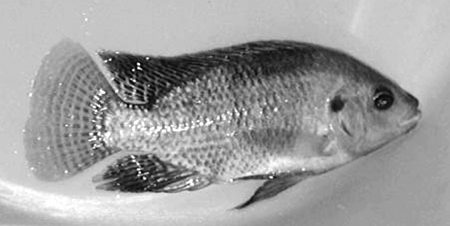
The culture of Nile tilapia has expanded at a tremendous rate in recent years, and it is now the most important farmed tilapia species in the world. Nile tilapia production in aquaculture reached 1.05 million metric tons in 2000, representing 82 percent of the total global production of farmed tilapia.
However, seed production is one of the major constraints that limit further aquaculture expansion of these fish, mainly due to their low fecundity. Extensive efforts are needed to improve their spawning efficiency and seed-production processes.
Nutritional factors
Broodstock nutrition is a key factor in the limited seed production and larval quality of Nile tilapia. Protein and lipid contents in diets play a crucial rule in gonad development, fecundity, spawning intervals, egg hatchability and larval survival and growth.
A recent study at the United Arab Emirates University evaluated the effects of water salinity and different dietary protein levels on the spawning performance of Nile tilapia broodstock and larval growth.
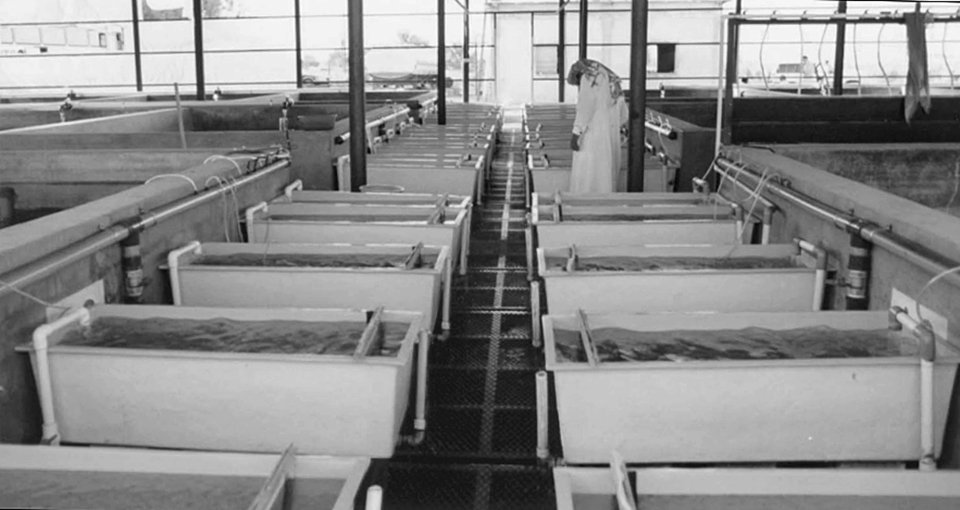
Salinity tolerance
The Nile tilapia is a freshwater fish, but it can tolerate a wide range of water salinity. This phenomenon attracted attention for its culture in both seawater and brackishwater. However, the effect of water salinity on the protein and lipid requirements of Nile tilapia broodstock is not fully understood. In addition, it is not known if these dietary requirements change with changing salinity in rearing water.
Effects of dietary protein
Results of the study showed that fish size at first maturation increased with increasing dietary protein at all salinities (Table 1). At 0‰, spawning intervals were not significantly affected by dietary protein levels, while at 7 and 14‰, spawning intervals signif cantly decreased with increasing dietary protein levels. In addition, the number of eggs per spawn increased with increasing dietary protein levels. Absolute fecundity and number of spawnings per female were higher in fish fed 40 percent protein in freshwater than at 7 and 14‰ salinity.
El-Sayed, Spawning performance of tilapia brooding females and growth of their larvae, tAble 1
| Treatments Protein % | Treatments Salinity ‰ | Size at First Maturity (g/fish) | Number Eggs/ Female/ Spawn | Egg Hatchability (%) | Larval Growth (mg/fish) |
|---|---|---|---|---|---|
| 25 | 0 | 29.23a | 350a | 56.71a | 16.21a |
| 30 | 0 | 30.89a | 378b | 58.16a | 16.10a |
| 35 | 0 | 31.46a | 337a | 60.96b | 18.71a |
| 40 | 0 | 33.96ba | 507c | 62.88b | 20.86ba |
| 25 | 7 | 25.10c | 263d | 49.13c | 10.86c |
| 30 | 7 | 31.00a | 393b | 57.84a | 15.67ae |
| 35 | 7 | 31.32a | 384b | 59.77a | 16.58ae |
| 40 | 7 | 33.00ba | 411eb | 61.59ab | 18.67a |
| 25 | 14 | 26.14c | 333a | 49.52c | 14.88ad |
| 30 | 14 | 30.19a | 332a | 58.14a | 16.53ae |
| 35 | 14 | 32.66ba | 392b | 61.86ab | 17.18ac |
| 400 | 14 | 33.21ba | 478g | 62.12ab | 18.69a |
Hatchability and times needed for hatching and yolk-sac absorption were longer and larval weight was lower for eggs produced from broodstock fed 25 percent protein at 7 and 14‰, when compared to those reared in freshwater. Fry growth improved with increasing protein levels at all salinities.
Results indicated that 40 percent dietary protein is required for optimum spawning performance of Nile tilapia reared at 0, 7 and 14‰ salinity. They also showed that spawning performance and larval growth were better in freshwater than at 7 and 14‰ salinity.
Effects of dietary lipids
The effects of dietary lipid source and water salinity on the spawning performance of Nile tilapia broodstock and growth of their larvae were also studied. Diets containing soybean oil, fish oil, and a soybean oil/fish oil mixture were prepared and fed to Nile tilapia broodstock.
The fecundity, egg quality, and spawning performance of fish reared at 0‰ were not significantly affected by dietary oil source (Table 1). At 7 and 14‰ salinity, fish fed fish oil or a soybean oil/fish oil mix had better fecundity, spawning frequency, egg hatchability, and shorter spawning intervals than those fed diets based on soybean oil.
Conclusion
In trials, the spawning performance and larval growth of Nile tilapia were better in freshwater than water with 7 and 14‰ salinity. Broodstock require about 40 percent dietary protein for optimum reproductive efficiency, regardless of water salinity. The poor spawning performance and seed production of brooding females fed diets with soybean oil in 7 and 14‰ salinity water suggested that Nile tilapia broodfish reared in brackishwater require fish oil as a source of dietary omega-3 highly unsaturated fatty acids, while plant oil may meet the requirements of broodstock reared in freshwater.
(Editor’s Note: This article was originally published in the December 2002 print edition of the Global Aquaculture Advocate.)
Now that you've reached the end of the article ...
… please consider supporting GSA’s mission to advance responsible seafood practices through education, advocacy and third-party assurances. The Advocate aims to document the evolution of responsible seafood practices and share the expansive knowledge of our vast network of contributors.
By becoming a Global Seafood Alliance member, you’re ensuring that all of the pre-competitive work we do through member benefits, resources and events can continue. Individual membership costs just $50 a year.
Not a GSA member? Join us.
Author
-
Abdel-Fattah M. El-Sayed, Ph.D.
Department of Aridland Agriculture
College of Food Systems
United Arab Emirates University
Al Ain, United Arab Emirates[101,97,46,99,97,46,117,101,97,117,64,100,101,121,97,115,108,101,46,97]
Tagged With
Related Posts
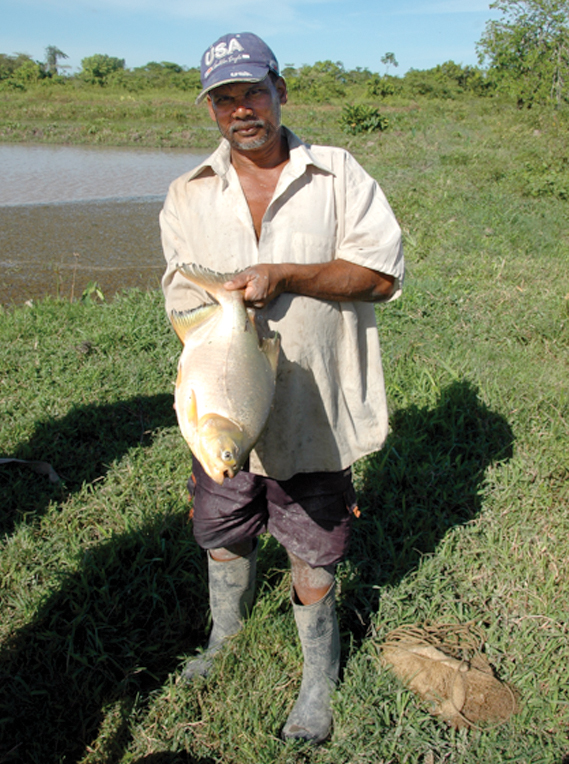
Health & Welfare
A look at aquaculture in Guyana
With its large quantities of water and little industry to pollute it, Guyana has the potential to become a greater player in global aquaculture.
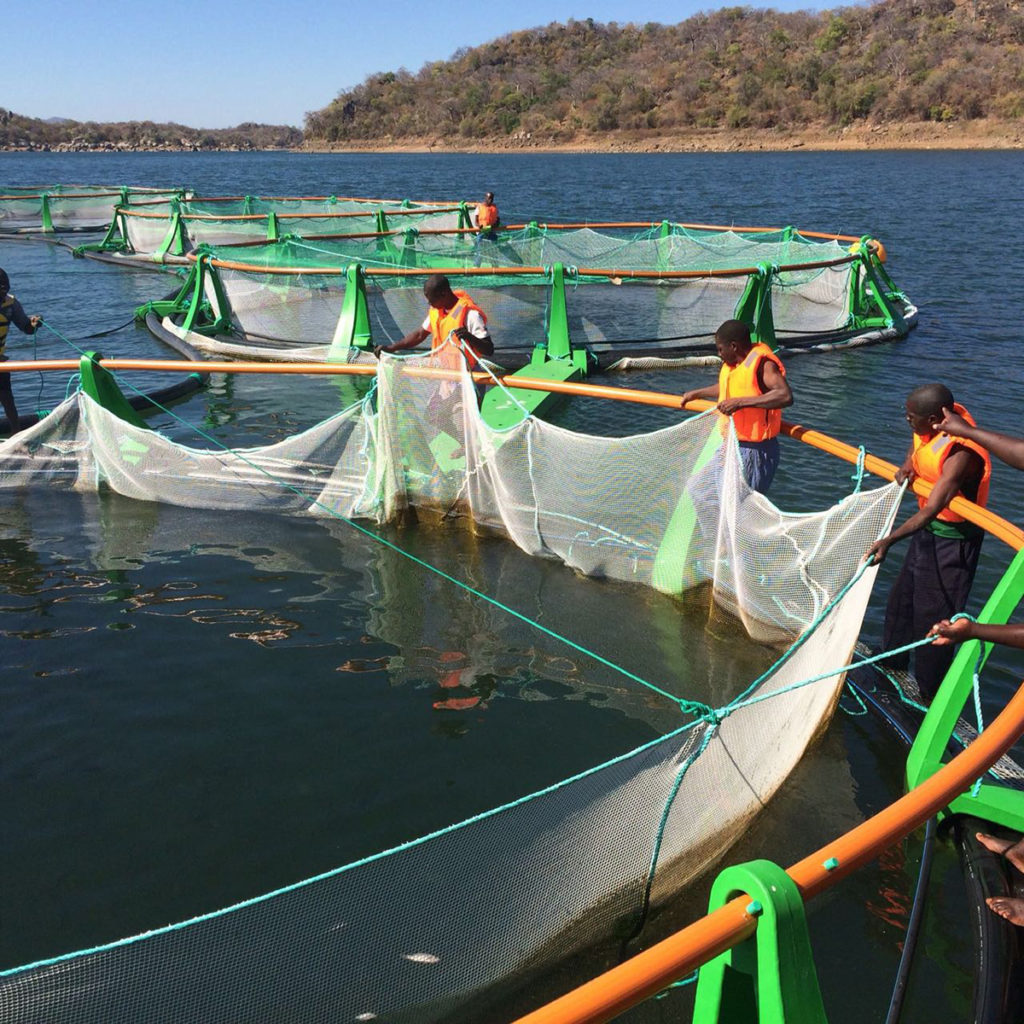
Responsibility
‘Model’ tilapia venture shows mettle in Mozambique
On the shores of Lake Cahora Bassa, Chicoa Fish Farm hopes to create a ripple effect to improve fish supply and quality of life for an impoverished region.
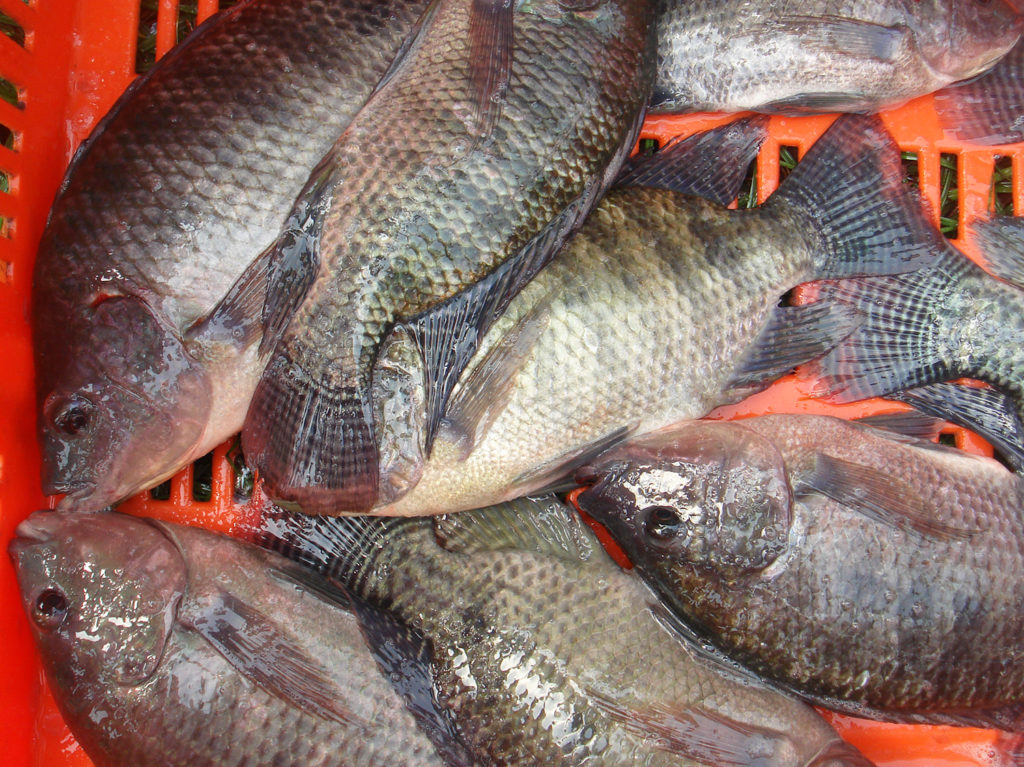
Health & Welfare
Characterizing the microbial community of farmed Nile tilapia in Colombia
Study characterizes the microbial community and dynamics of a continuous-flow competitive exclusion culture derived from gut microbiomes in Nile tilapia.
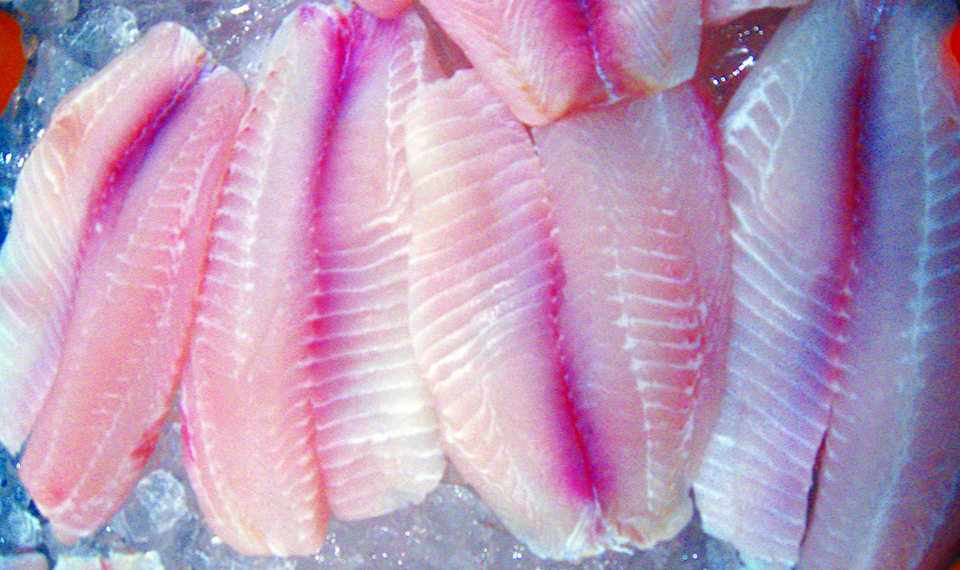
Aquafeeds
Finishing feeds tailor fatty acid composition in tilapia fillets
By feeding different oils at different points in a fish's life cycle, such as finishing feeds, farmers can tailor the composition of fillets to maximize value and minimize fish oil use.


